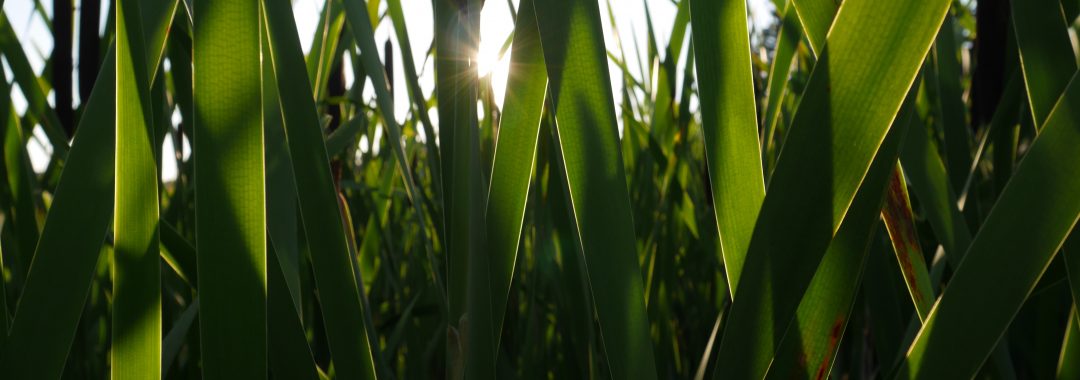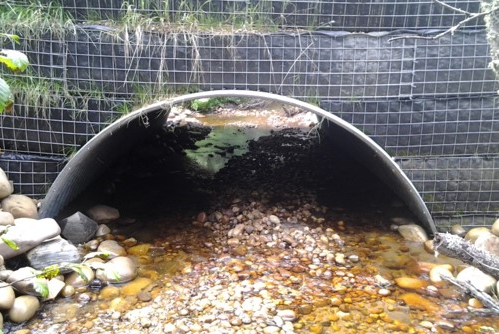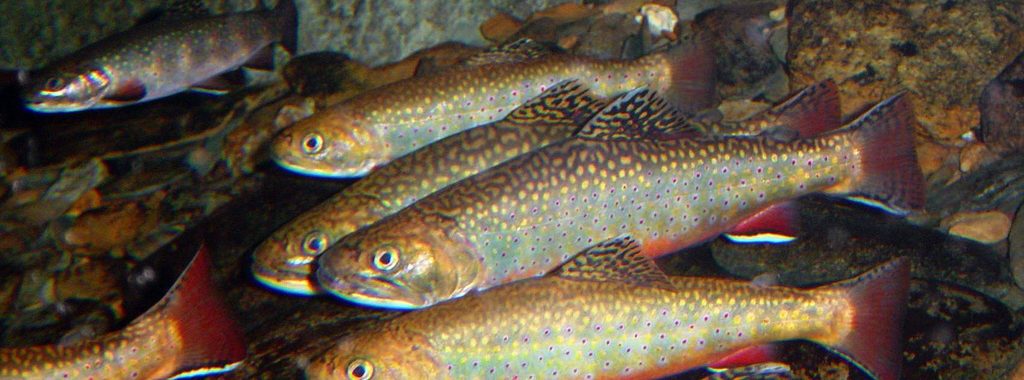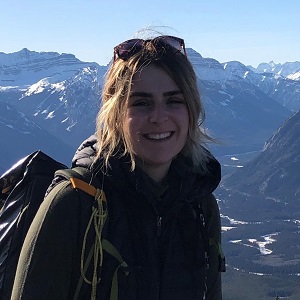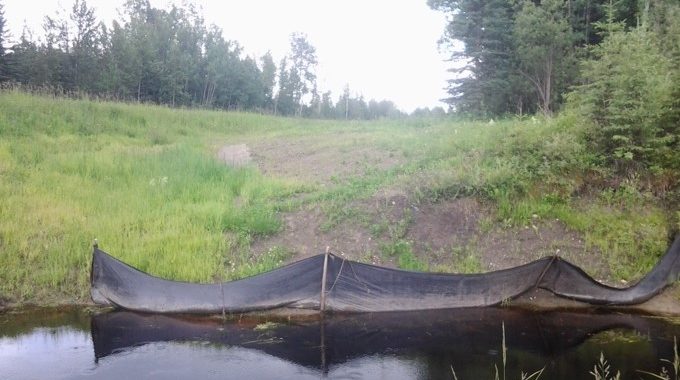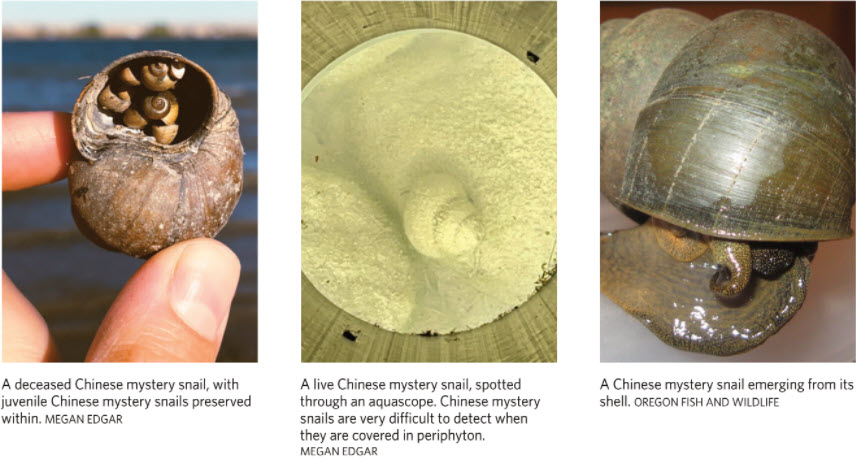Abstract:
Fishers’ local ecological knowledge (LEK) can provide new data on fish trophic ecology. The pescada (Plagioscion squamosissimus) is among the most caught fishes in small-scale fisheries in the Brazilian Amazon. Our main goal was to evaluate the abundance, size, relevance to small-scale fisheries and trophic ecology (diet and feeding interactions) of P. squamosissimus in the Tapajós and Tocantins rivers, in the Brazilian Amazon, utilizing data from fishers’ LEK and fish sampling. We hypothesized a higher abundance, size and more prey and predators cited by fishers of P. squamosissimus in the more pristine Tapajós River. We interviewed 61 and 33 fishers and sampled fish in nine and five sites in the Tapajós and Tocantins Rivers, respectively, in 2018. The comparison between fishers’ citations and fish sampled indicated a higher relevance of P. squamosissimus to fishers in the Tapajós River, where this fish had an average larger size and where the interviewed fishers mentioned more food items of P. squamosissimus. These results show that P. squamosissimus is a generalist fish, that is resilient to fishing and environmental pressures, as well as being important to fisheries and food security, and that LEK can provide useful insights to fisheries managers. Keywords: Offsetting; Conservation policy; Biodiversity market; Preservation.
Citation: Dutra, M.C.F., Pereyra, P.E.R., Hallwass, G., Poesch, M.S. and R.A.M. Silvano. (2023). Fishers’ knowledge on trophic ecology and of the tropical ‘super fish’ Plagioscion squamosissimus in two Brazilian Amazonian rivers. Neotropical Ichthyology 21(1):e220041.
Also Read:
*Lab members: Mark Poesch. Check out opportunities in the lab!

